Has nature rebounded on Sanibel Island, Captiva since Hurricane Ian? 'It's complicated.'
How long will it take for the nature of Sanibel Island and Captiva to fully recover after Hurricane Ian?
There's not a simple answer.
“There’s a big wait-and-see component to all of this,” said Carrie Schuman, coastal resilience manager at the Sanibel-Captiva Conservation Foundation. “When you really want to understand the health of nature, a lot of it is trying to understand the longer-term trends ... not just a single year.”
Yet those who love the beauty of Sanibel Island and Captiva want to know how the nature that makes the islands so enchanting has fared in the year since Hurricane Ian devastated the region. Have the mangroves recovered? Did the sea turtles come back and nest? How are the birds?
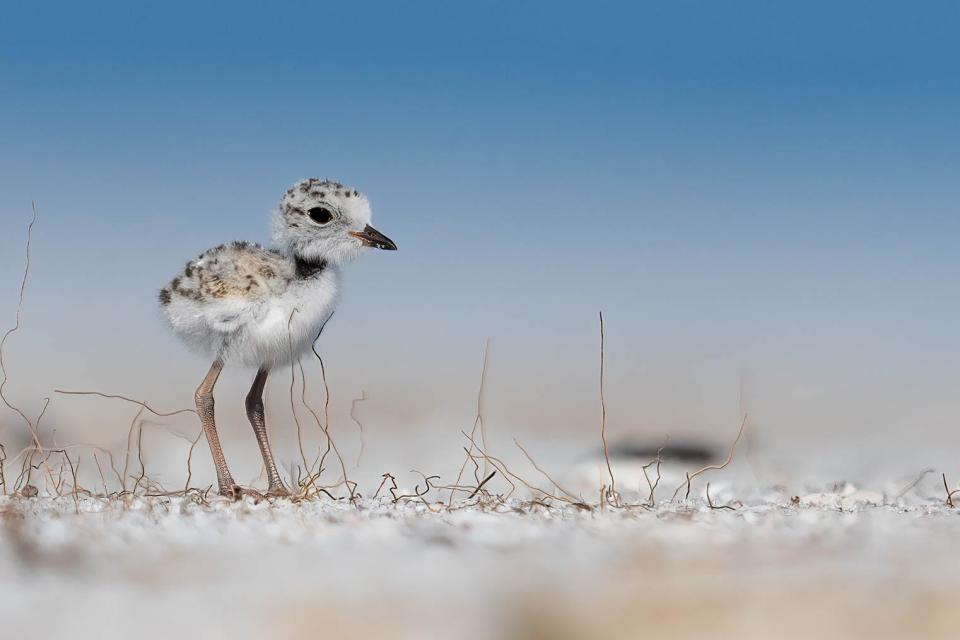
Schuman consulted with her colleagues for this one-year-later-in-nature report.
“I got all these sorts of ‘It’s complicated,’” Schuman said. “All these things happening with natural systems are co-occurring with people and things are changing with climate change and that’s going to change our new normal.”
Though climate change makes hurricanes more intense, hurricanes are forces of nature. The foundation has noted some positive signs of recovery, though not everything is quickly rebounding.
Some mangroves coming back
After some mangrove die-off in the early months after Ian, “we’ve got mangroves that are definitely coming back,” Schuman said. That’s “a big deal because they do so many things to strengthen the natural environment.”
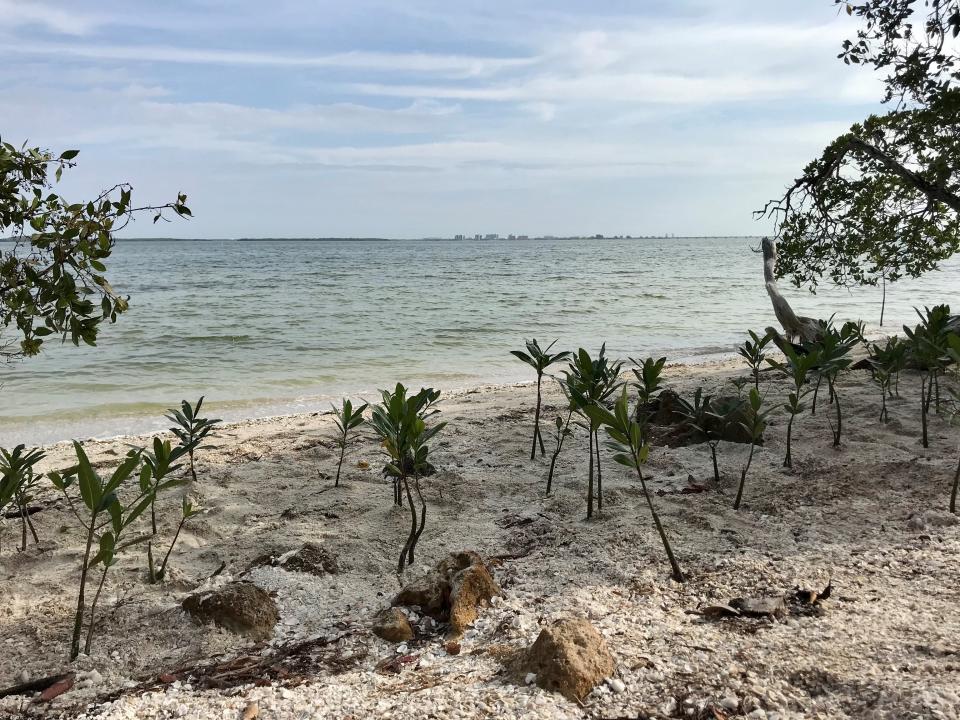
Mangroves support biodiversity, provide nurseries for important fish and protect the coast as they break down wind and waves. The foundation expects further mangrove recovery in areas with good tidal flow and access to seed supply.
“Those areas are likely to continue coming back,” she said, but it still could be five years or more before the mangrove fringe around Sanibel and Captiva no longer looks maimed.
Areas with impaired hydrology will not recover as quickly. Also, damaged mangrove trees will not produce propagules, or seedlings, this year.
"This will delay some recovery," wrote Eric Milbrandt, SCCF marine laboratory director, in an email. "Hopefully by next year the living trees will have recovered sufficiently to reproduce."
A strong nesting season for snowy plovers, bald eagles
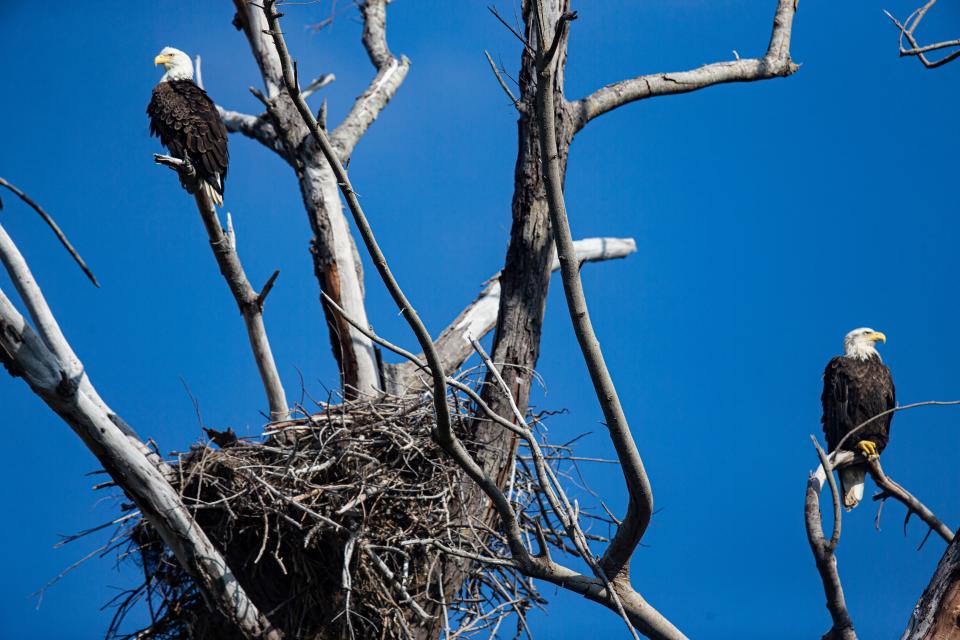
Ian brought some short-term benefits for snowy plovers, a threatened species in Florida, said Audrey Albrecht, SCCF shorebird biologist. Seven chicks fledged, or were capable of flying, from nests on Sanibel Island. That’s a higher number than usual for most seasons.
The chicks faced less threats with fewer people, dogs, and predatory birds on Sanibel beaches. They also benefited from gullies carved out by Ian’s powerful surge. The gullies became good foraging areas for all shorebirds.
“Those are not ideal for people getting out to the beach but of course the birds love it,” said Albrecht.
The roseate spoonbill sightings have also been plentiful.
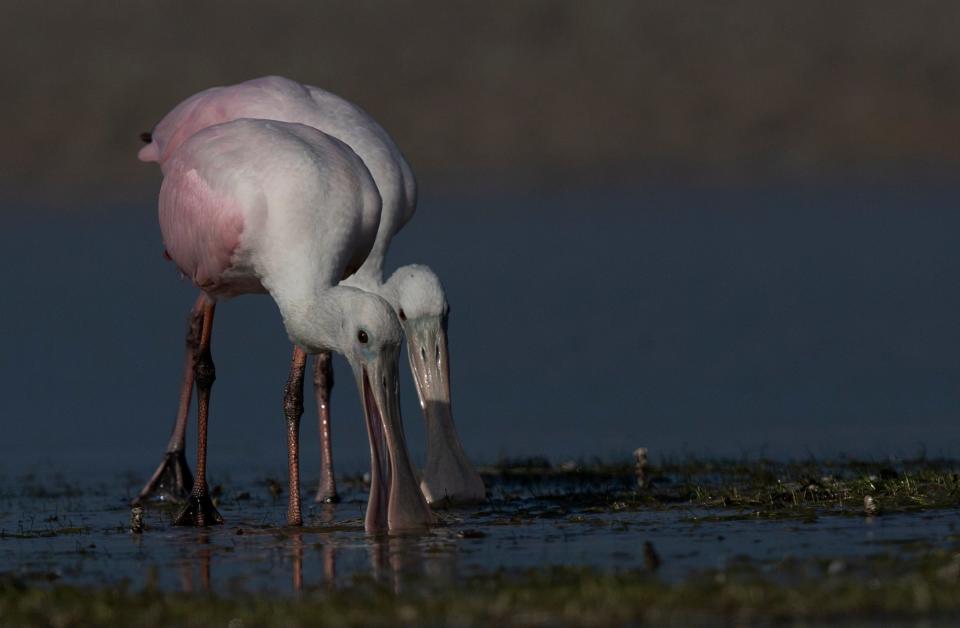
Yet, the birdly benefit from the gullies will be short-lived as they'll be filled in.
Another shorebird that found Ian-cleared open and sandy patches to its liking was the threatened least tern. For the first time in 30 years, the least tern tried to nest on the Sanibel Causeway islands.
The least terns also nested on Captiva for the first time in about a decade, said Albrecht.
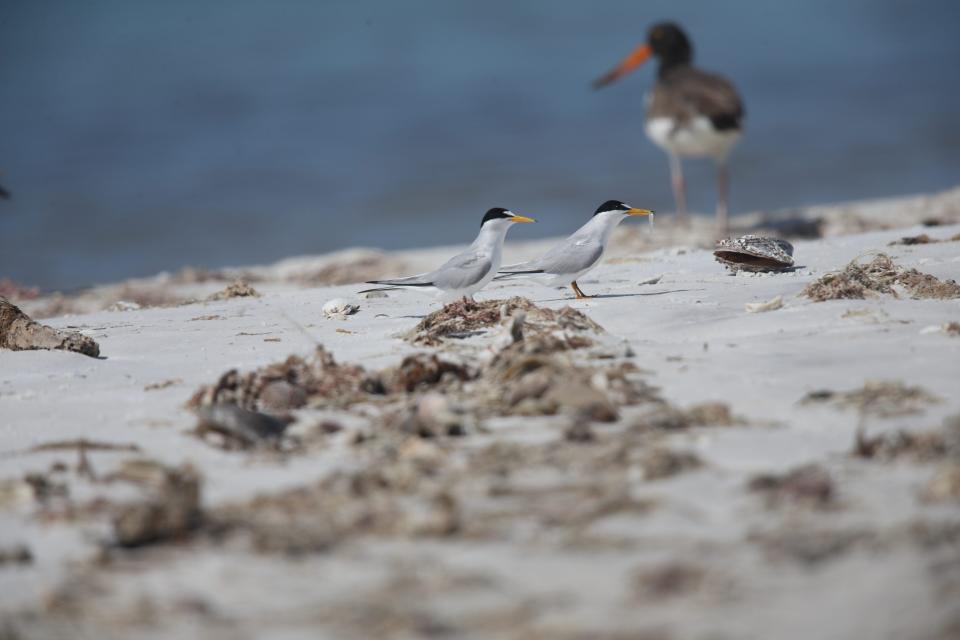
The least terns have lost extensive habitat due to beach development, according to the Florida Fish and Wildlife Conservation Commission. But they do respond quickly to habitat changes, including the removal of beach vegetation. Ultimately, the least tern nests on the causeway weren't successful and coyotes got the Sanibel nests, Albrecht said. Four chicks did make it out of the Captiva colony.
The bald eagle touts a post-Ian story of perseverance, fitting with its emblematic image. Though Ian destroyed the known bald eagle nests, the birds quickly rebuilt nests, laid eggs and nine bald eagle chicks subsequently fledged on Sanibel and Captiva, according to SCCF.
“The bald eagles did fantastic after the hurricane,” said Albrecht, noting it was the greatest number of chicks in several years. “They’re very adaptable and resilient.”
Record sea turtle nesting season
Sea turtles on Sanibel and Captiva had a record nesting season, said foundation staff.
Nearly 900 loggerhead nests were counted between April and August on Sanibel Island, compared to about 560 nests the season before, said Kelly Sloan, SCCF coastal wildlife director.
“Considering the devastation Sanibel experienced, the beach habitat looked good for the most part. We didn’t lose a huge amount of beach,” said Sloan, noting that the vegetation is coming back too. That helps shield hatchlings from lights that could disorient them away from the Gulf of Mexico. When Ian hit, most of the sea turtles would have been in their foraging grounds, which include the Keys and the Bahamas, among other places.
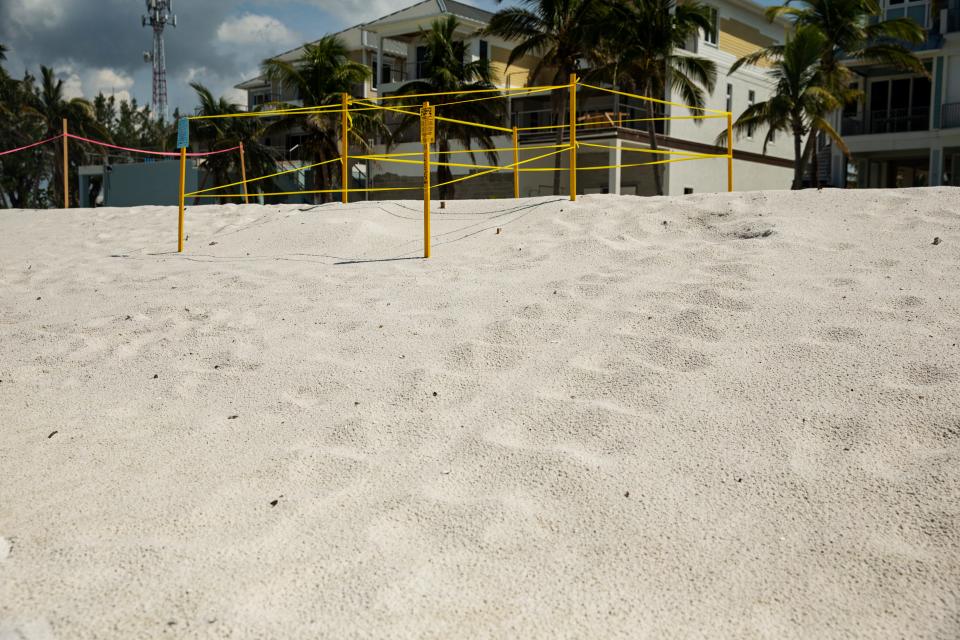
On Captiva, the loggerhead nest count almost hit 300 compared to 212 the season before.
Loggerheads across the state had a record nesting season, Sloan said, which is likely related to conservation efforts over several decades that have led to a healthy population of adult sea turtles.
She was less optimistic about the fate of hatchlings this year. She won’t know the success rates of the nests until November but storms such as Idalia have washed out or drowned nests. By mid-September, SCCF had tallied more than 60 nests lost post-Idalia.
Coyotes have gotten to others. The hot, dry summer probably didn’t help either.
Fort Myers Beach hatchlings have suffered this season.
A veteran sea turtle advocate noted a record number of disoriented sea turtle hatchlings there after Ian wiped out structures and vegetation that shielded artificial lights for the hatchlings.
Overall, it’s difficult to assess the longer-term impacts of Ian on the sea turtles, Sloan said. “Just because they’re nesting doesn’t mean there were no impacts on their foraging grounds.”
What about other wildlife? Have frogs and rabbits come back?
The foundation staff reported lower numbers of terrestrial turtles, snakes, and frogs. The rabbit population has also been sparser. “The reason that matters is that’s a food source for our bobcats and some of our larger mammals and it has a lot of implications for food webs,” said Schuman.
Staffers haven’t seen possums and armadillos or heard the grunts of the pig frog, but they have spotted invasive iguanas, she said. “They did quite well in the storm.”
But the 11 terrestrial chicken turtles being tracked pre-Ian have dropped to a solitary one.
The habitat for freshwater species on Sanibel Island deteriorated with the saltwater inundation from Ian. The hot, dry summer didn't help in restoring freshwater conditions. But in late August, Hurricane Idalia doused Southwest Florida with rain, which should be helpful for freshwater marsh species.
"Before the storm, the salinity in the Sanibel Slough and the other freshwater lakes throughout the island was still pretty high because of how dry it's been this summer," James Evans, CEO of Sanibel-Captiva Conservation Foundation told The News-Press shortly after Idalia.
But when and how Sanibel wildlife will come back remain up in the air.
“There’s a lot of questions if we’re going to get those freshwater conditions re-established and when, and that’s going to be really crucial for some of our species,” Schuman said. “It’s really hard to estimate if and when a lot of our wildlife will come back to the numbers where they were before."
Recovery doesn’t equal the same
Something else to remember: natural systems are dependent on decisions people make.
So, if people do things that change or worsen conditions that could impede recovery in nature. Also, nature hasn’t been static since Hurricane Ian.
For humans and nature, Schuman said, recovery “doesn’t mean going to exactly where we were at.”
Connect with Janine Zeitlin @jzeitlin@gannett.com. Support local journalism by subscribing.
This article originally appeared on Fort Myers News-Press: Sanibel, Captiva 1 year after Hurricane Ian: Has nature rebounded?

